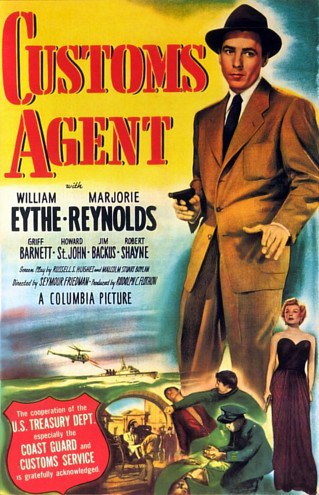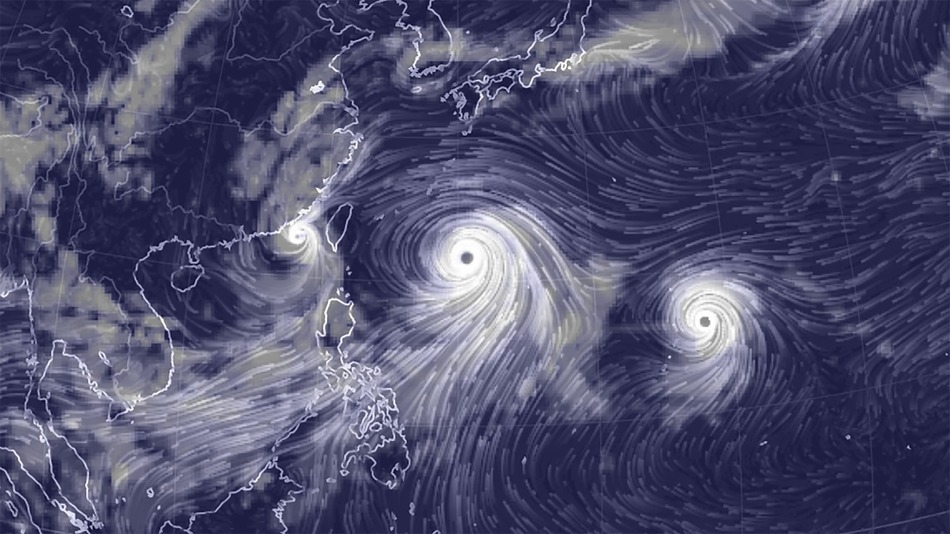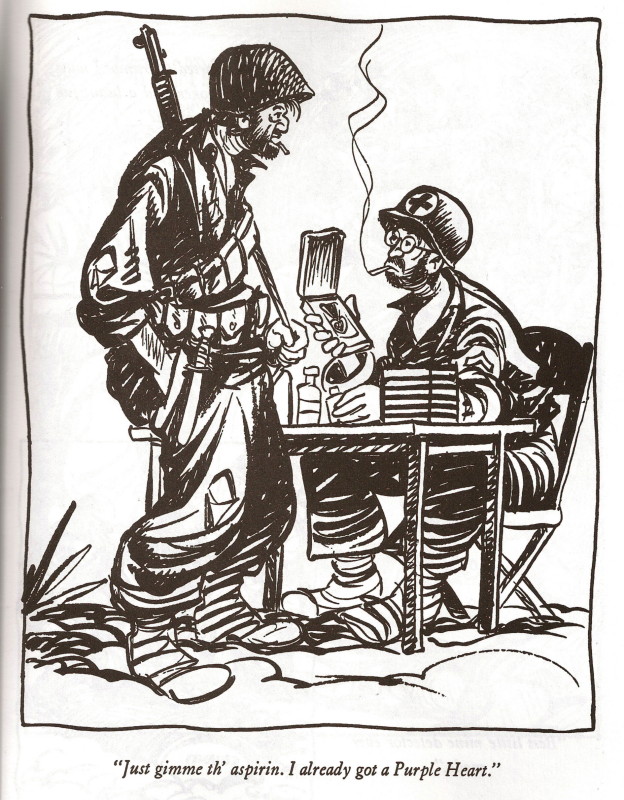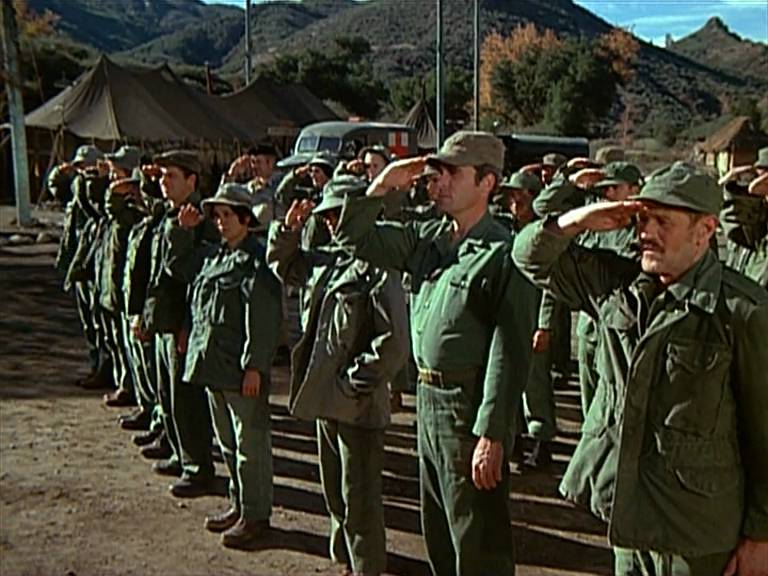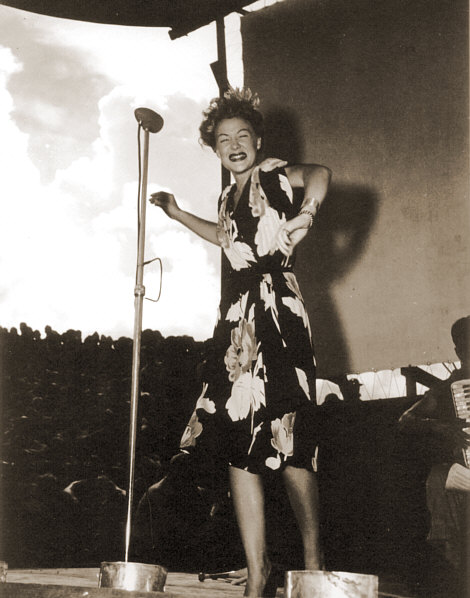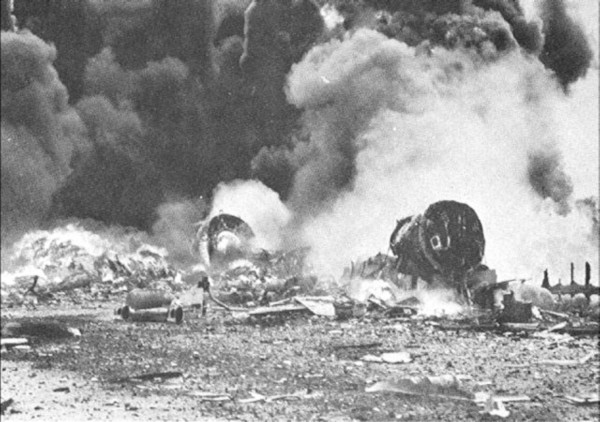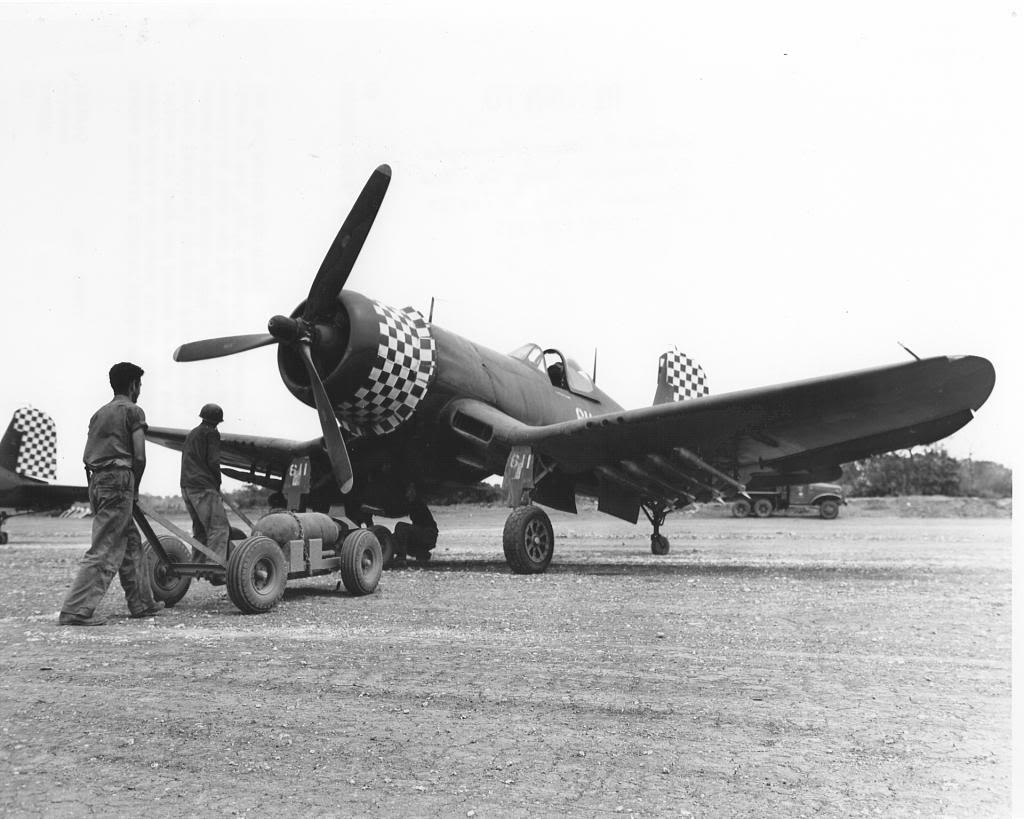[Tuttle met an aspiring new writer while waiting out the rain in an Okinawan mess hall.]
By virtue of being in one place for a while, even though they are taxed by regular field exercises, some men have got a good bit of reading and writing done. One regular in our little library came by today looking for me. He wanted to pitch me on a book idea, before he went to the trouble of writing the rest of it.
I suppose that’s a normal thing, getting an advance to write a book, for a known writer. I’m not sure if it will work for Marine Corps Sergeant David Carr. Here all the way from Philadelphia, Sergeant Carr has been getting a taste of home from Raymond Chandler novels. I’m just a newspaper man, working for a newspaper publisher, so I can’t book anybody for a novel.
So here’s what I said I’d do. The knockout intro to his new spy thriller follows. Publishers take note!
I knew she was trouble the minute she came into my office. My office is a tank. Address: Half a barrel of gas from where it was yesterday.
She was Korean, born to Japanese parents. Her father had been a big shot with some big shot company in some big shot business. She was an orphan now – and a spy.
The fighting to get here was fierce. At least they told me it was. We haven’t seen any of it. Our job is to get this little lady to a dot on the map, then ditch her and pull back.
The whole operation, battalion size from the look of it, plus air support and artillery, was just for this little job. There’s not an anthill of terrain in this sector that either side cares about.
We’re in cramped quarters, but it’s not her fault. She’s tiny. The G-2 man with her however is big and loud. It’s too bad he has to come back with us…
That’s all you get for now, dear editors. Should you want rights on the rest, write for Sergeant David Carr, care of the 1st Marine Division. I for one am dying to see how he gets on with the Korean femme fatale, in the future tense.

